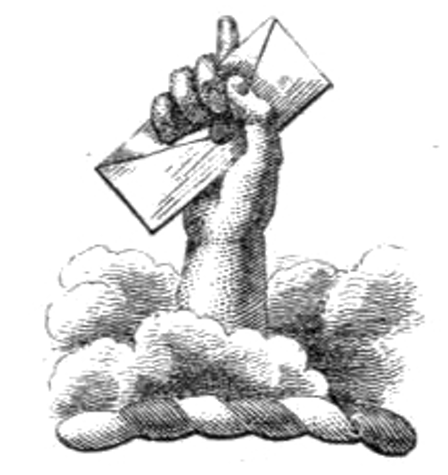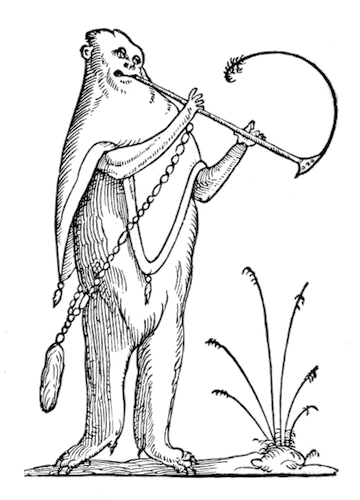
Flowers of Fealty: Wilhelm Dilich’s Commemoration of the Christening of Elisabeth of Hesse (1598)
When Princess Elisabeth von Hessen-Kassel (1596–1625) was christened in 1596, the festivities lasted four days. There were fireworks displays, knightly tournaments (some of the last ever held in Europe), and much pageantry. Two years later, the engineer-engraver Wilhelm Dilich (1571–1650) commemorated the event with an ornately decorated work titled Historische Beschreibung der Kindtauf des Fräuleins Elisabeth zu Hessen (Description of the Christening of Lady Elisabeth of Hesse). The images capture the four-day celebration and record the celebrants’ mythological, allegorical, and historical costumes: Hannibal, Impudence, Alexander the Great, Jason, Perseus, Fortune, and Julius Caesar all make appearances.
Dilich prefaces his commemoration with an introductory text, humbly comparing himself to the Greek philosopher Diogenes, who lived in a barrel and lazily looked on as the great statesmen of Athens erected feats of engineering and governed the polis. So, too, does Dilich merely observe the noble festivities, creating a work that, he claims, is not comparable to the things it depicts, but which he nevertheless dedicates to the nobility of Hesse-Kassel, hoping the work might be graciously received and preserved as an eternal memorial to the joyful events and history that he had the privilege of witnessing.
Wilhelm Dilich's manuscript is one of several manuscripts made to commemorate Elisabeth’s christening, and some of his figures seem to have provided models for those featured in this later, highly illustrated commemoration, produced in 1600, which focusses on the eight pageants (BSB Cod.icon. 340).
The copy whose images are excerpted below, from the Bavarian State Library (Cod.icon. 27), features Dillich’s own hand-coloring, and was personally presented to Landgrave Moritz, Elisabeth’s father. Curiously, sometime before 1606, an unknown artist decided that the manuscript was unfinished. According to the Library of Congress, this aesthetic interloper “decorated all the free space left in the manuscript (i.e., on empty pages as well as along the margins) with remarkable watercolor paintings of common and exotic flowers such as the tulip, viola, and peony.”
One suspects these botanical additions were meant to stage a conversation with the original manuscript. A dedicatory Latin poem wishes the princess happiness and that she continue “growing for a long time like a little blossom”, while the accompanying watercolor marginalia shows various flowers in full spring bloom. On the next page, the poem envisions the princess’s honorable name “flourishing” in the land and bringing forth flowers — verse that is framed by racemes of asphodels. There are textual pastiches aplenty, such as a dialogue staged between the shepherds from Virgil’s eclogues, who dwell in the Arcadia of old, which recounts the knightly games held during the christening and couples floral imagery with martial themes. In a subsequent German text, Dilich portrays the grim state of human nature — “From the beginning of the world, human stupidity has been thoroughly observed” — before commemorating the princess as a kind of fertility goddess come to renew the fallow state of mortal affairs: “for after the rain comes sunshine, and after the sorrowful hard winter comes the lovely spring . . . if we rightly consider her life and fortunes, we see clearly that the Almighty has visited us with his fatherly chastisement and has given us the noble Lady Elisabeth.” It’s perhaps no surprise, then, that the name “Elisabeth” partially derives from a Hebrew root that means both “seven” (as in the days of Creation) and “abundance”.
Enjoyed this piece? We need your help to keep publishing.
The PDR is a non-profit project kept alive by reader donations – no ads, no paywalls, just the generosity of our community. It’s a really exciting model, but we need your help to keep it thriving. Visit our support page to become a Friend and receive our themed postcard packs. Or give a one-off donation. Already a supporter? A huge thank you for making all this possible.
Jul 30, 2025








